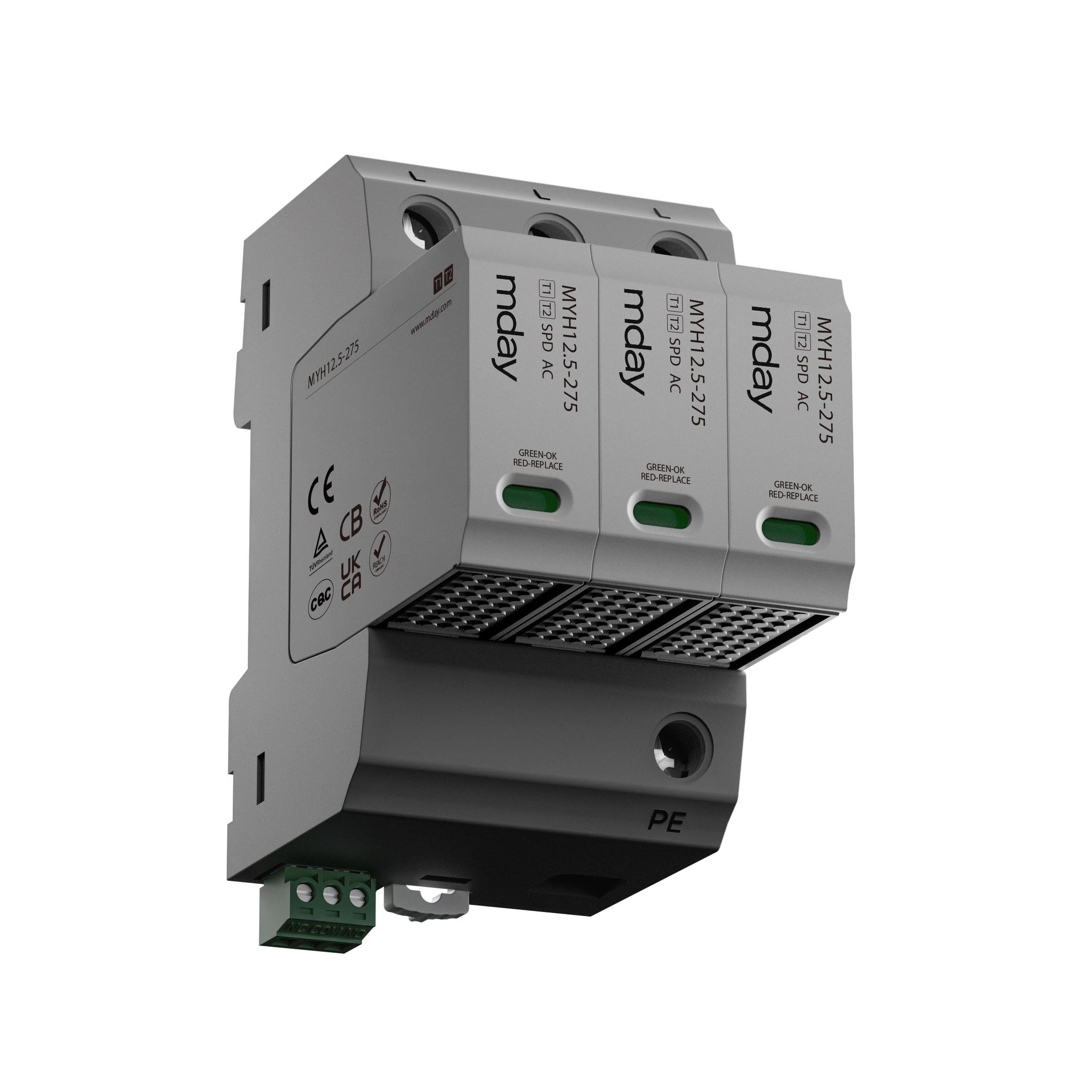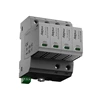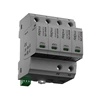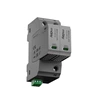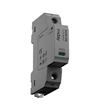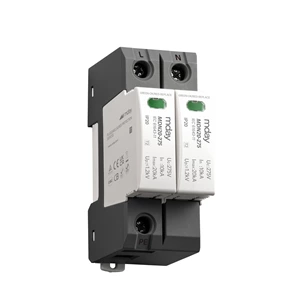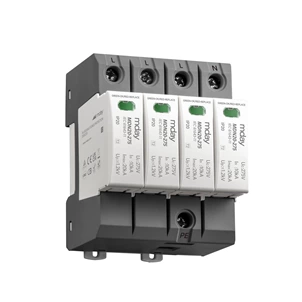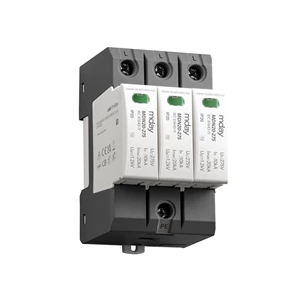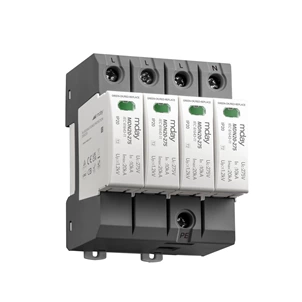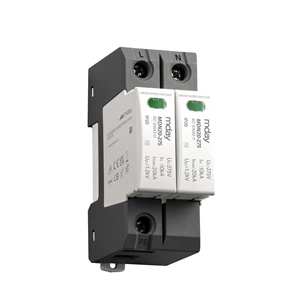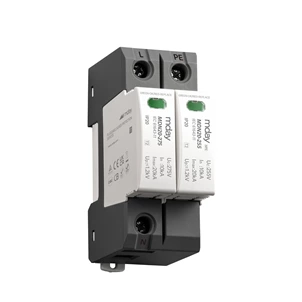Blade Fracture Phenomenon And Mechanism Of Surge Protector
Blade Fracture Phenomena and Mechanisms of surge protective device Blades
Typical damage from lightning strikes is as follows:
Cracks and Ashing
The composite material on the blade surface of surge protector blades cracks or ashes, and metal components at the strike point burn or melt. Cracks are due to mechanical damage, while ashing is due to thermal effects.
Arcs
Lightning flow often forms arcs within blades of surge protection device blades, or forms internal arcs between the strike point at the blade tip and the conductor. Wind farms are most severely damaged by reefs, with air arcs occurring within the reefs and within cavities on the reef surface, corresponding to electrical damage.
Punk
When lightning flows between layers of reconstituted material, moisture is present. The internal arcs heat the moisture, causing offshore pressure to burst the blade or carry it along the leading and trailing edges and blades. Fractures occur along the beam, with smaller cracks splitting the surface and larger cracks completely rupturing the blade. Pressure waves can be transmitted from the struck blade through the spokes to other blades, causing damage. This corresponds to both thermal and mechanical damage.
